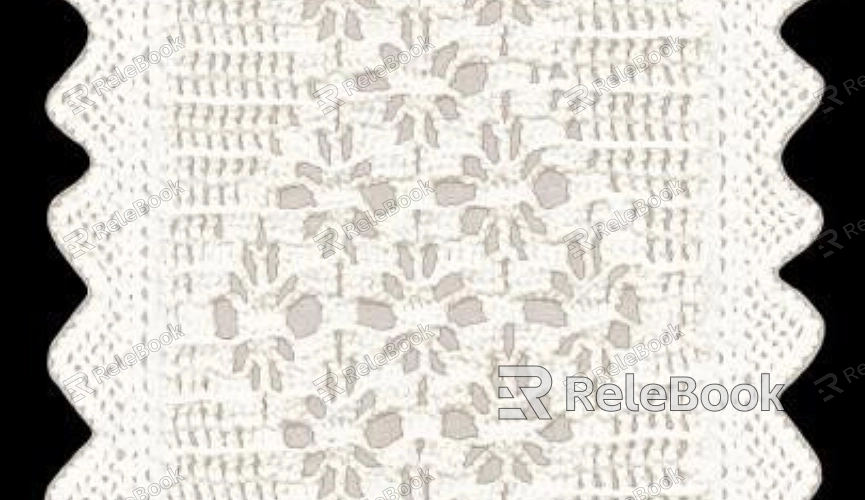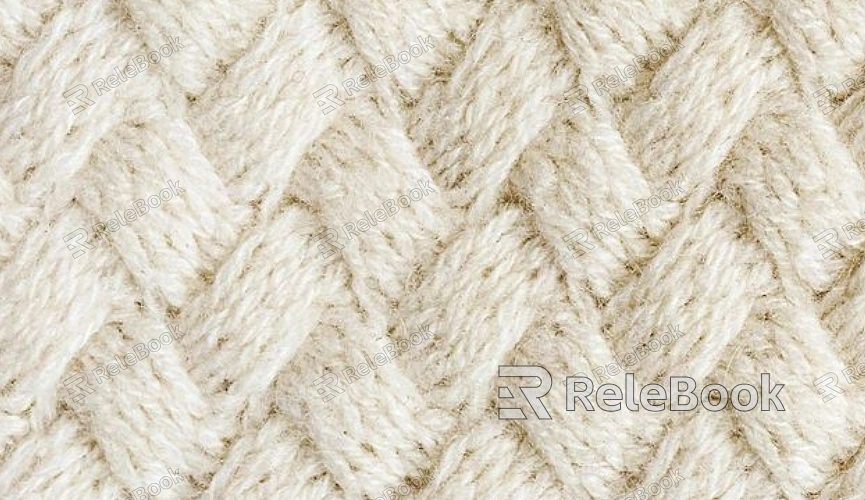How to Make Sewing Patterns from 3D Model Textures
Sewing patterns are widely used in character clothing, prop embellishments, and product design. These patterns not only enhance the realism of 3D models but also highlight the intricate craftsmanship and detail of fabrics. Among the various methods for creating sewing effects, extracting patterns from existing 3D model textures is an efficient and flexible option. By mastering this technique, designers can adapt to diverse project needs and streamline their workflows. Below, we’ll explore the step-by-step process for crafting sewing patterns from 3D model textures, covering tool selection, foundational preparation, and detailed enhancements.

1. Preparing for the Process
Laying the groundwork is essential for a smooth and efficient workflow.
Select Suitable 3D Modeling Software
Opt for tools like Blender, Maya, or 3ds Max, which offer robust UV unwrapping and texture painting features. These capabilities make it easier to extract or create sewing patterns.
Obtain High-Resolution Textures
Ensure that the original textures have sufficient resolution (at least 2K or 4K) to preserve intricate details during extraction.
Organize Project Files
Save textures and sewing patterns as separate layers or files. This organization simplifies later adjustments and modifications.
2. Extracting Textures
Extracting the base patterns from a model’s existing textures is a crucial first step in creating sewing effects.
Check UV Unwrapping and Mapping
Verify that the model's UV layout is clean and well-structured. The UV map directly affects the distribution and accuracy of sewing patterns.
Isolate Key Areas
Export the base texture map of the model and use tools like Photoshop or Substance Painter to isolate areas requiring sewing details, such as garment seams.
Create a Reference Layer
In your image editor, generate a dedicated reference layer for the selected areas. This serves as the foundation for drawing the stitching lines.
3. Drawing Sewing Patterns
Based on the extracted textures, you can manually draw or use plugins to quickly create sewing effects.
Use Brush Tools
Employ dot or line brushes in Photoshop or Substance Painter to simulate stitching effects. Custom sewing brushes can help generate consistent stitching styles.
Adjust Stitch Parameters
Tweak brush settings like spacing, size, and opacity to mimic the thickness and density of real stitches. This adds a touch of authenticity.
Introduce Random Variations
Add slight offsets or irregularities to the stitching pattern to avoid an overly mechanical appearance.

4. Enhancing Texture Details
Once the basic sewing patterns are drawn, enhancing details can elevate the realism of the design.
Add Depth and Relief
Use Photoshop's emboss effect or Substance Painter’s normal map feature to give stitches a raised, tactile appearance.
Simulate Wear and Fading
For aged fabrics, incorporate subtle wear or fading into the sewing patterns to create a more natural, lived-in look.
Integrate Light and Shadow Effects
Enhance the stitching patterns with highlights and shadows to simulate how they would appear under various lighting conditions.
5. Optimizing and Exporting
The final step ensures that the textures are optimized for different rendering scenarios while maintaining their quality.
Adjust Texture Resolution
Tailor the texture resolution to your project needs. High-res textures are ideal for film projects, while mid- to low-res options are better suited for real-time rendering.
Export Multi-Channel Maps
Include normal, roughness, and displacement maps to enhance the material properties of the sewing patterns. Package these maps into a unified PBR texture set for easier integration.
Test Texture Application
Apply the completed textures back onto the 3D model and test them under various lighting setups. Make necessary tweaks to ensure the sewing patterns look consistent and realistic.
By following these steps, creating sewing patterns from 3D model textures becomes an efficient and highly effective process. Whether you’re a beginner or a seasoned designer, this approach helps you produce detailed stitching patterns that elevate the visual appeal of your projects.
If you’re looking for more top-quality 3D resources, including PBR materials, models, or rendering tutorials, visit Relebook. With a wealth of resources and expert guidance, Relebook is your go-to platform for taking your creations to the next level!

